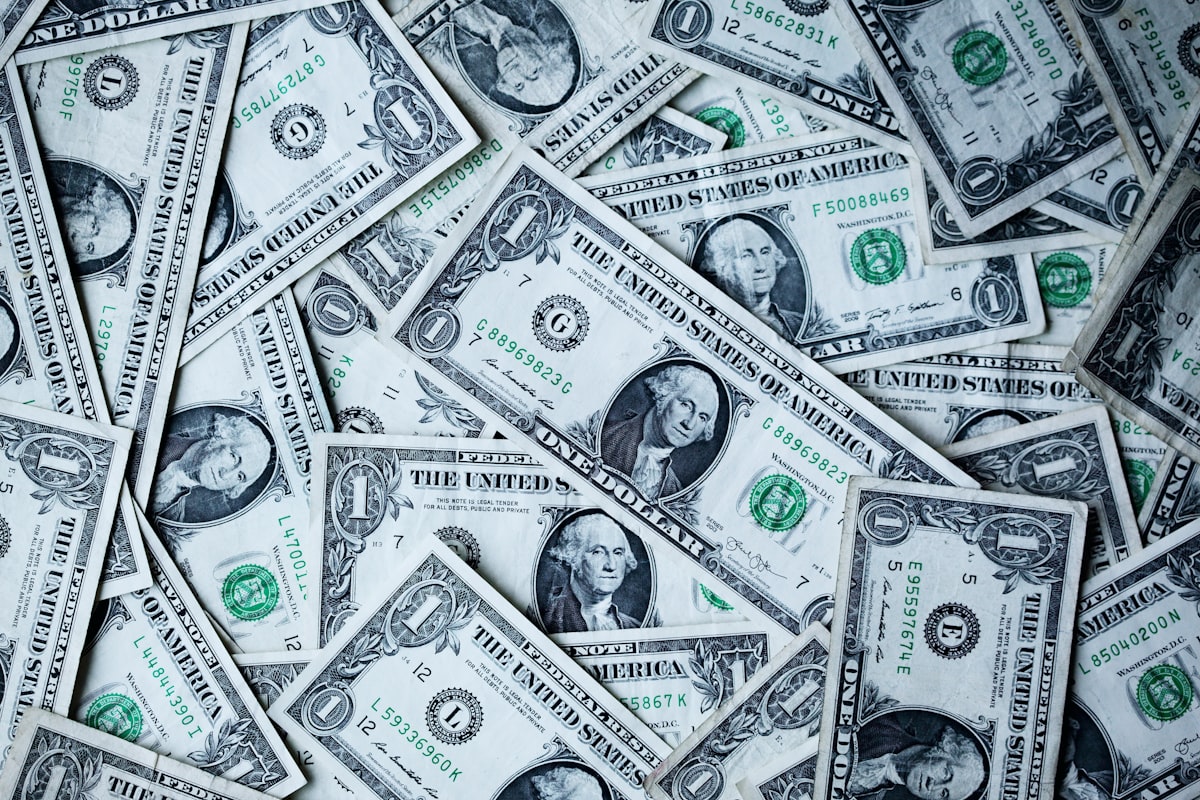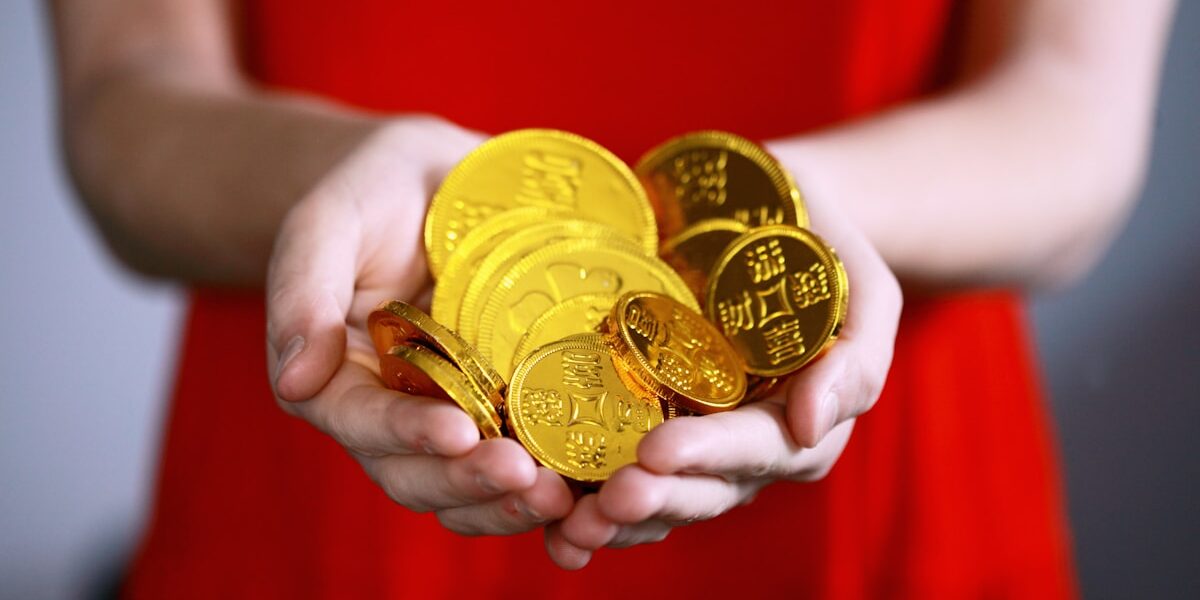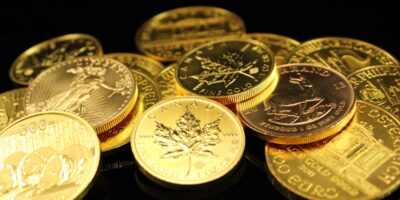The 1909 VDB Penny: A Journey Through History and Value
The 1909 VDB penny is a coin with a fascinating narrative. It represents a pivotal moment in U.S. numismatics. This penny introduced a new design in coinage, helmed by Victor David Brenner. Its story intertwines with the larger fabric of American history. Let’s delve deeper into its background and what makes it valuable today.
Origins of the Lincoln Cent

In 1909, the U.S. Mint decided to replace the Indian Head cent. This decision marked a cultural shift towards new symbolism. President Theodore Roosevelt initiated this redesign campaign. The idea was to honor Abraham Lincoln on the cent. This was a novel concept at the time, as it was unusual to depict actual people on coins.
Victor David Brenner, a skilled sculptor and engraver, was selected for this task. Brenner created a profile of Lincoln based on a Mathew Brady photograph. His artistic vision held significant sway in shaping the image that would appear on the cent. It’s a portrait that still reigns on pennies today.
The Controversy of the V.D.B. Initials
Brenner placed his initials, V.D.B., on the reverse of the coin. The initials appeared at the bottom of the coin, under the words ONE CENT. This small detail sparked widespread controversy. Many critics argued that the initials were too prominent. This reaction led to the abrupt removal of the initials from later coins in 1909. However, versions with the initials already circulated, birthing a collectible frenzy.
Minting and Rarity: What Gives the Coin Its Value?
The value of the 1909 VDB penny primarily hinges on its mintage and availability. Both the Philadelphia and San Francisco mints produced these coins. The Philadelphia mint released about 27 million of them, while the San Francisco mint produced far fewer — approximately 484,000.
The scarcity of the San Francisco variant increases its appeal. Coins from this mint feature the ‘S’ mint mark, making them more sought after. As with many collectibles, rarity often translates to higher market value.
Grades and Condition: A Major Determinant of Value
Condition is another factor in valuing the 1909 VDB penny. Collectors categorize coins using a grading scale. This scale ranges from Poor (P-1) to Mint State (MS-70). A 1909 VDB penny in pristine, uncirculated condition fetches high prices.
Wear and tear can greatly decrease a coin’s value. Coins might exhibit wear from circulation or improper storage, reducing their appeal. Collectors often seek grades starting from Extremely Fine (XF40) and above. Coins in Mint State condition can command prices far exceeding those in Fine condition.
Market Trends and Current Prices
Over the years, the market for 1909 VDB pennies has seen fluctuations. Economic factors impact collectibility and price stability. As of the latest trends, these coins in top grades hold strong market prices.
A Philadelphia-minted 1909 VDB penny can range in value. Poor condition coins may be worth a few dollars. Uncirculated or high-grade versions escalate the price to hundreds. The San Francisco variant, with its limited mintage, can range from $700 to several thousand dollars based on condition and grade.
Authentication: Identifying Genuine 1909 VDB Pennies
For collectors, distinguishing authentic 1909 VDB pennies is crucial. Counterfeiting is a concern, particularly with valuable coins. Reputable dealers offer coins certified by grading companies such as PCGS or NGC.
These firms provide authentication services ensuring the coin’s legitimacy. They also encapsulate them in protective holders, complete with grade listing. Such procedures can instill confidence in buyers making significant investments.
The 1909 VDB in Cultural Impact
The 1909 VDB penny is more than a collectible. It embodies a shift in American numismatics. By featuring Lincoln, the coin celebrated American history and leadership. Brenner’s work set a precedent, influencing many subsequent coin designs.
This penny also reflects the early twentieth-century progressive movement. It represented ideals of improvement and innovation. The controversy around Brenner’s initials underlines a period of change and adaptation in public taste and governmental response.
Tips for Collectors: Building a 1909 VDB Set
- Start by researching and learning about the market conditions.
- Authenticate coins through reliable sources or grading services.
- Invest in additional reference materials or join collector groups.
- Consider a focus on variations or securing coins from different mints.
- Remember to maintain the coins in protective holders to preserve condition.
Collectors embarking on this journey find joy in understanding the coin’s history. It provides not only financial potential but also cultural enrichment.
Conclusion
While the story of the 1909 VDB penny begins with design and controversy, it extends to a lasting legacy in numismatics. Each piece tells a story of its journey through time. It reveals not just historical shifts, but human endeavors in art and economy.
Recommended Collecting Supplies
Coin Collection Book Holder Album – $9.99
312 pockets for coins of all sizes.
20x Magnifier Jewelry Loupe – $13.99
Essential tool for examining coins and stamps.
As an Amazon Associate, we earn from qualifying purchases.




Subscribe for Updates
Get the latest articles delivered to your inbox.
We respect your privacy. Unsubscribe anytime.